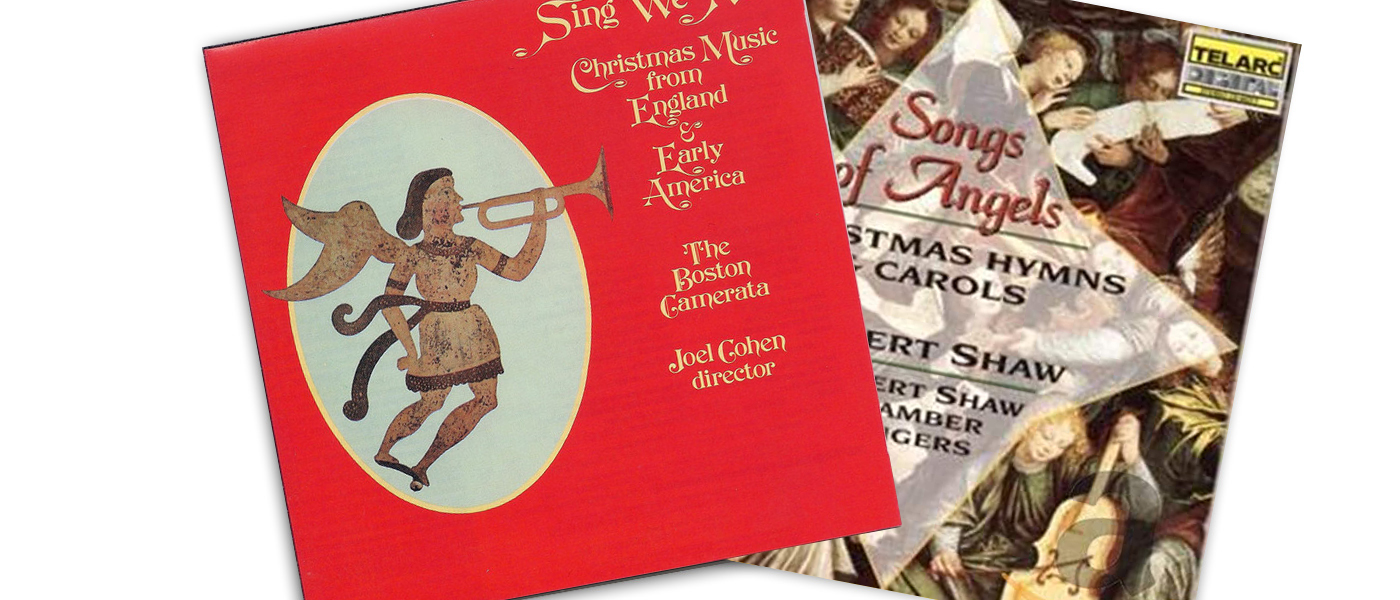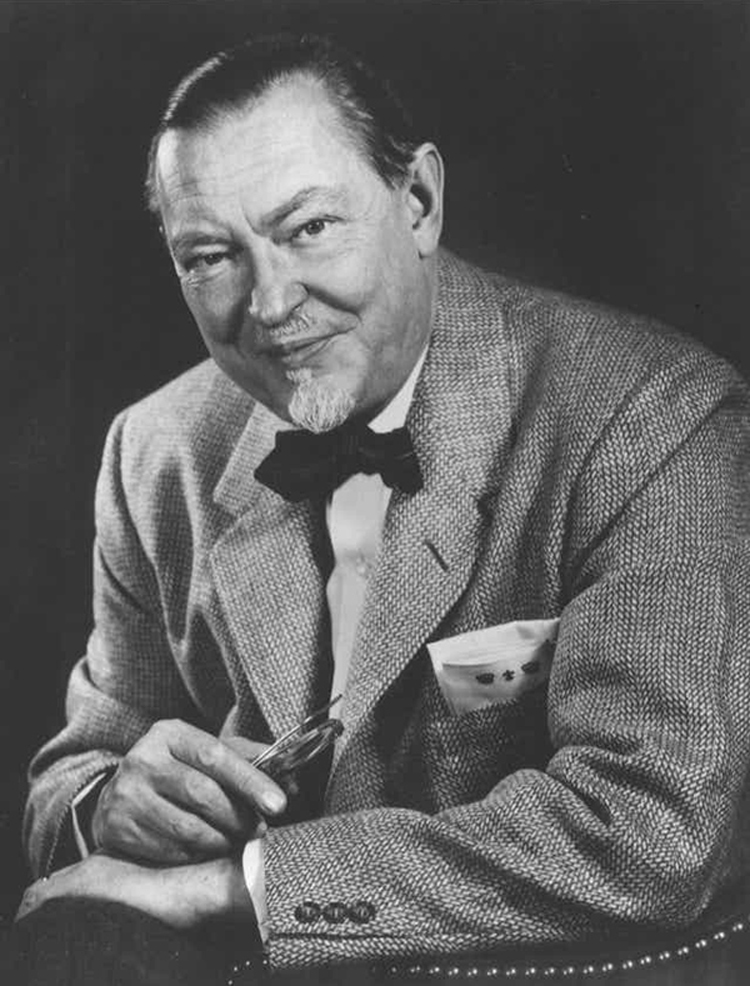
Howard Hanson: Bold Island Suite-Symphony #2 “Romantic”-Fanfare for the Signal Corps, Erich Kunzel and the Cincinnati Pops Orchestra, Telarc Surround SACD
One of my favorite American composers, Howard Hanson (1896-1981), lived in Maine and composed music reflective of his love of the sea and New England. His Fanfare for the Signal Corps was written to honor the communication branch of the armed services and was written in 1943. It is short and to the point and reminds me a bit of John Williams. The main work on this disc is his Romantic Symphony #2 which is made up of 3 movements that have bold horn fanfares throughout. It’s very lyrical in nature and the theme was first introduced to me back in the 70s while a drive-in movie. The theme makes an appearance at the climax of the movie Alien, which brings a wonderful cathartic ending to the creature being blasted into outer space via the rocket exhaust. The Telarc sound is once again exemplary, and of all the other versions I have heard through Qobuz, this one is still my favorite in both interpretation and sound quality. Hanson may not be as well-known as Copland and Gershwin, but his beautiful music is up there with the best that America has to offer. Highly recommended!
Music in the time of COVID part 6
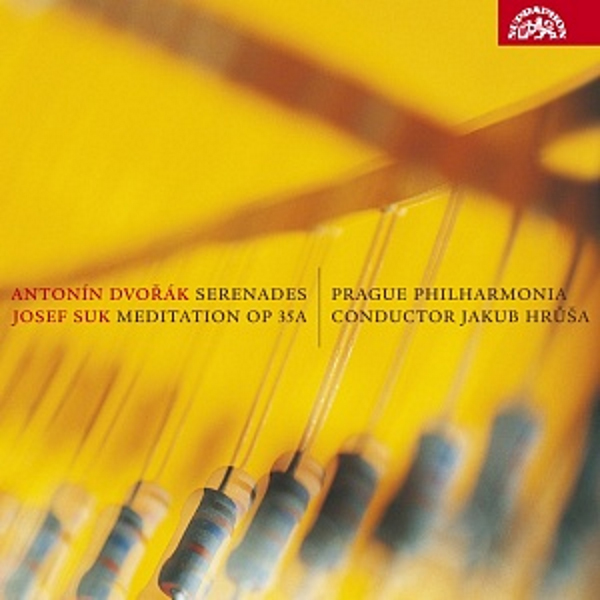
Dvorák Serenade for Strings Op.22 & Serenade for Wind Instrument Op. 44 Josef Suk’s Meditation on an Old Czech Hymn “St. Wenceslas,” Op. 35a, Jakub Hrůša Conductor Prague Philharmonia Supraphon – Catalog #: 39322 Engineer – Jan Kotzmann Producer – Jaroslav Rybář
Alternative (Dvorak serenades only)
Sir Neville Marriner [Conductor] Academy of St. Martin in the Fields, Discontinued Philips Catalog #: 400020, Available as lossless download on Presto Music.
These sunny works will brighten your day as we face the dark winter with COVID. Both works are among the finest examples of Dvorak’s Czech folk song inspired Slavonic style.
The Serenade for String was written when he was 33. It is one of the first works Dvorak wrote that has entered the repertoire. Symphony #5, which is an excellent, but seldom played work followed. He needed only two weeks to write the work. The serenade form is less structured than a symphony. The string serenade is in five movements. The first four are in the ABA song form. The lyrical first movement is followed by a minuet. The third movement is a lively Scherzo influenced by styles found in Bohemian folk music. The Larghetto 4th movement presents a slow lyrical theme that could only be Dvorak with a faster central section. The 5th movement is more complex than the others using the Sonata form typically found in the first movement of a symphony but you do not need to follow the structure to enjoy this lively last movement.
Secrets Sponsor
The wind serenade of 1878 was inspired by a performance of the wind Mozart’s Serenade in B flat major “Gran Partita” for 12 wind instruments and double bass. The Gran Partita also inspired Brahms and Richard Strauss to write wind serenades. The Gran Partita uses two Basset horns which are large clarinets that went extinct and later composers had to modify the scoring. Dvorak used 2 oboes, 2 clarinets, 2 bassoons, 1 contrabassoon, 3 horns, 1 cello, and 1 double bass. Like the Mozart, it has no flutes.
Other than the overall sound world, the Dvorak shares little structural relationship with the Mozart. It is easy to hear that the work was closely followed by the first set of Slavonic Dances. It is in four movements. The works step off in a march. The second movement is a minuet based on a Czech folk dance “sousedska” and a “furiant” as the central “Trio”.
The slow third movement does take some inspiration from the slow Mozart Gran Partita which was made famous in the film Amadeus. The lively final movement is in rondo form with four sections.
Josef Suk was one of the most important composition students of Dvorak. He got to know Dvorak’s daughter at the time and married her. Suk is a major yet virtually unknown composer of which I will have more to say in future months. Meditation on an Old Czech Hymn “St. Wenceslas” for string orchestra is a work of haunting beauty. It was written in 1914 at the outbreak of World War 1. It captures the world we live in with the virus. At the end of the war, he added two additional movements (not on this CD) with the third titled “Towards a New Life” five years later. I hope we get to a post-COVID world in less time than that.
Suk also wrote an early Serenade for Strings which is obviously influenced by his father-in-law’s work but is also a strong work on its own. Suk is a composer you must get to know and the single movement on this CD will make you want to know more.
Finding a good recording of the pair of Dvorak Serenades on one CD, made in this century, with good digital sound, is not easy. So many great performances were recorded in the analog era. The Prague Philharmonia is the highlight of this CD. The musicians convey a love for the music and they play with world-class authority. The Czech conductor Hursa, now 39, is a significant interpreter of Czech music. He was very young in 2008 when he did this recording. He brings some interesting interpretive ideas but can overstep the line in this recording. For example, a strange slowing of the pace in the last movement of the String Serenade as it moves to recall the theme of the opening theme that I am not in love with.
This recording was made when Hursa first became music director of the Prague Philharmonia which he stayed with until 2015. I expect he will do it again with even more insights. His Prague Philharmonia recording of Smetana’s Ma Vlast was good but the one just released with his current orchestra, the Bamberg Symphony shows significant interpretive growth.
The 1982 Neville Marriner recording with the Academy of St. Martin in the Fields of the Dvorak serenades has been considered an ideal interpretation of the works. One would expect this recording would have been in the catalogs forever but it has been discontinued. They made enough of them that it is still available on Amazon new, from 3rd party sellers, but prices are not cheap. Used prices are OK but not as low as I would expect for such a widely circulated CD. Presto Music again saves the day with a lossless download at $13.00 but you get no PDF booklet with this download. If you are OK with just downloads I would go with the Mariner over the Hrusa. Also at Presto is a download of a great performance of the Wind Serenade with Istvan Kertesz and the London Symphony.

Anne-Sophie Mutter, Berg Violin Concerto, Chicago Symphony Orchestra with James Levine ConductingCD, Deutsche Grammophon, CD
As a performing musician, much of what I listen to is driven by study. I am tasked to perform a particular work and to gain familiarity, I obtain a recording to aid in my preparation. But as my musical career began before the Compact Disc era, I sometimes wind up purchasing these recordings after the fact. Alban Berg’s Violin Concerto is a perfect example.
Written in 1935, it was Berg’s last published work, created on commission from Ukrainian violinist Louis Krasner. Krasner was a champion of atonal and 12-tone music and also premiered Arnold Schoenberg’s Violin Concerto. So why have I focused on this work? For one, I had the privilege of performing the first bassoon part during my time at the New England Conservatory in the 80s. I also had the privilege of playing in a woodwind quintet that was coached by Louis Krasner. He was a 1922 graduate of NEC and a member of the faculty until his passing in 1995. Rather than expound on his teaching and virtues, I’ll just say he was a force of nature and to work under him was to be in the presence of a monumental artist.
My reference recording for the Berg Violin Concerto is Anne-Sophie Mutter’s exquisite performance with the Chicago Symphony conducted by James Levine. This is the 12-tone form at its most beautiful. Though considered atonal, there is melody and harmony throughout, not the least of which is a Bach chorale that occurs near the end of the second movement.
The solo violin part is extremely difficult, but Mutter makes it sound easy, which is the mark of a truly gifted and skilled musician. The orchestra provides a perfectly balanced accompaniment with all the fragility and nuance Berg intended. I can say from experience that everyone on that stage is working at full capacity. The piece is quite hard to put together.
Recorded in 1992, Deutsche Grammophon’s CD release first came out in 2006. The original master is digitally captured with all the detail and depth of a modern production. It’s amazing to compare this Chicago Symphony with the one playing my favorite Beethoven and Brahms symphony cycles from around 20 years earlier. Most of the orchestra’s personnel are the same but the recording quality is light years better. Played through a decent system, you’ll delight in its subtleties and its expansive crescendi. Brass announcements have a stunning weight that is never harsh but fills the room with sound.
If you’re looking for a crash course in 12-tone modernism, which is now almost 100 years old, Berg is the most approachable of the bunch. This CD is still available for purchase, Deutsche Grammophon – D101442. Highly Recommended for any classical music lover.
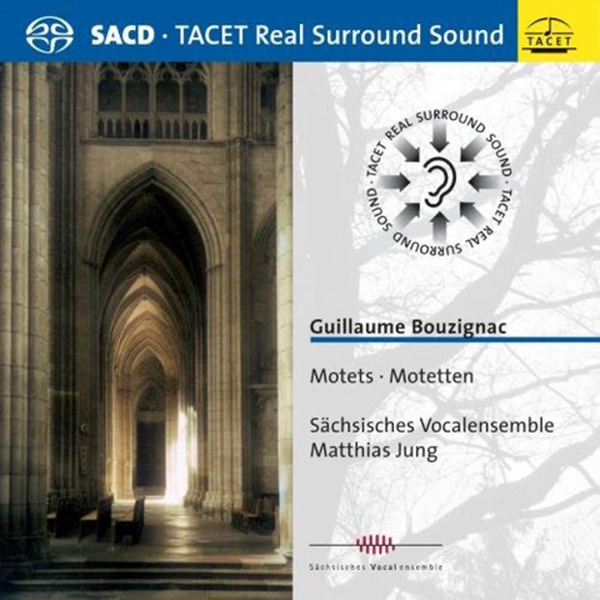
Guillaume Bouzignac, Motets, Tacet Records, Multi-Channel SACD, Catalog # 0156-4 SACD
Yes, you’ve got a player that plays multi-channel SACDs, but what is there to listen to? Quite a lot actually. Tacet, a German company, has a catalog full of wonderful recordings. Many are classical multi-channel SACDs, but with a difference, as their recordings will put you in the middle of the orchestra. There’s even an included diagram to show you how the instruments are arranged.
It’s like hearing what the conductor hears. It seems like a gimmick, but it’s not, and if you have a nicely resolving system the effect is startling and compelling.
Much of their mixing equipment is tube-based, and I can attest to the mellow and realistic sound.
A case in point is a lovely disc of the music of Guillaume Bouzignac (1587-1643). It’s church music, and on this disc, the music is recorded in a church with a superb choir. There are different parts of the choir assigned to each surround channel, and their position varies on the different tracks depending on the music presented.
It’s an amazing experience. People who listen on my system are stunned, even those who aren’t big fans of classical or renaissance music.
The recording is just superb, and right away you feel you are in a real space with real voices. It’s totally uncanny.
I highly recommend this recording, and more aptly say it is an experience. Many of the other Tacet recordings are equally compelling.
If your surround system has been lacking for a great SACD, let me strongly recommend the Motets and really anything from the Tacet catalog.
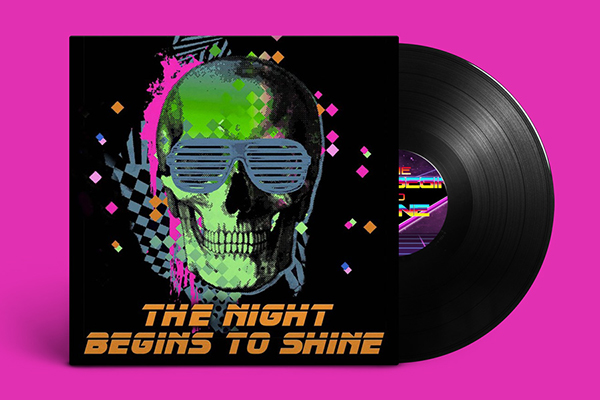
B.E.R. – The Night Begins to Shine
You can thank my two hooligan kids and the animated series “Teen Titans Go” for this entry. My kids are in love with this show and as far as kids cartoons go, “Teen Titans Go” is very watchable. In the episode “40%, 40%, 20%”, the Night Begins to Shine is Cyborg’s favorite song. It’s an accidental hit song written in 2005, to sound like an 80’s song for a music library. And it’s great. It’s super catchy and it’s now our family’s favorite song. If you have a chance, the show is worth watching. Here is a video from DC Kids’ YouTube channel of the sequence.
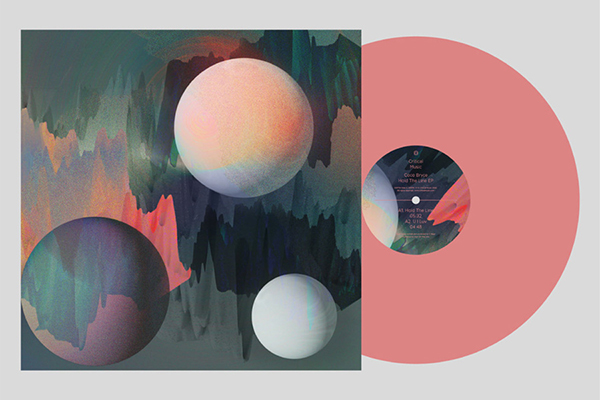
Coco Bryce – Hold The Line EP
This is some great standard fare Drum and Bass. The four-track EP is all great but the standout tune for me is U I Luv. It’s just a stormer of a track. It starts happy and friendly and breaks out into a good amen workout. It’s available on vinyl, and I’m keeping my fingers crossed that it’s pressed at 45rpm.
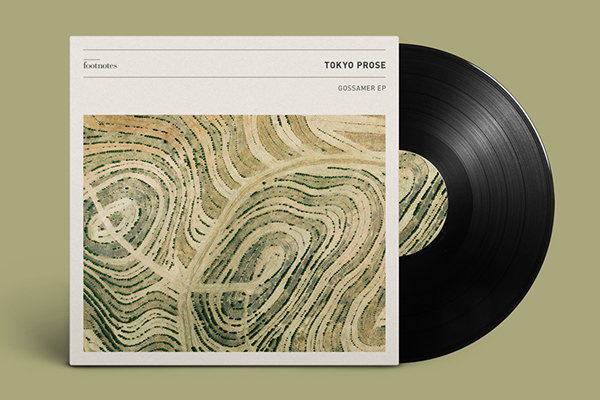
Tokyo Prose – Gossamer EP
I love Tokyo Prose. His music is on the lighter more musical side of Drum and Bass. This EP is yet another example of his sound at its finest. “Lights Down Low‘ is melodic and lovely. It’s one of those tunes that you don’t want to end and wish you made yourself.
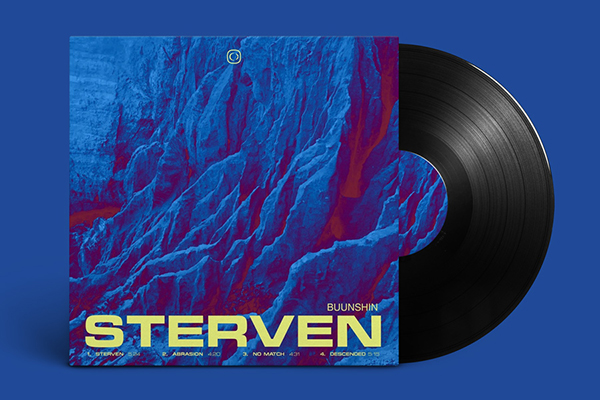
Buunshin – Sterven
Directly stealing verbiage from Critical Music’s SoundCloud page, this is Buunshin’s “phenomenal debut EP entitled ‘Abrasion‘. Leading in with the first single, ‘Sterven‘. Big room sonics.”

Swimmer – The Utopia Strong
I don’t know how to classify this other than telling you it’s beautiful. I forget where I heard this for the first time, but I found it in my Soundcloud likes and gave it another listen a few days back. If I was still commuting, this selection would for sure be an end of the day, block out the world (and people) on the smelly subway ride home song. Now it goes on when I need a break from work.
The world of Yello…
Somehow along the way, I missed the Europop dance music group, Yello. They’re generally considered a “one-hit-wonder” in the USA after their dance-hit “Oh-Yeah.” But I ran into a friend who introduced me to their work, and, never having been one to do things halfway, I promptly acquired the following Yello CDs:
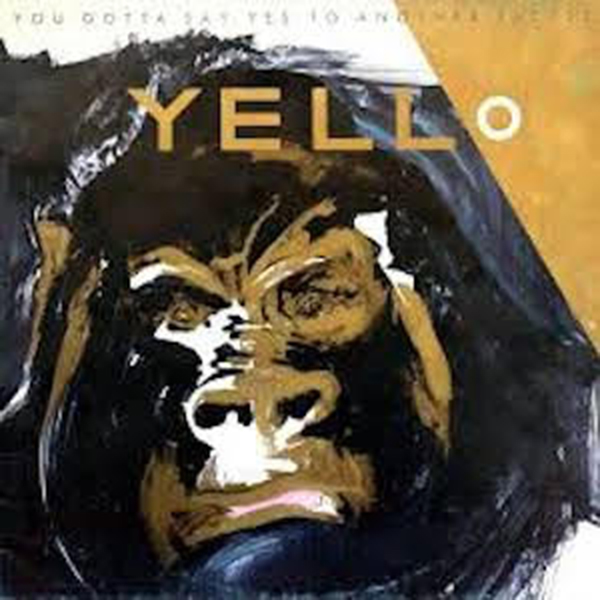
You Gotta Say Yes to Another Excess (West German Vertigo label) 1983

Stella (Mercury label) 1985
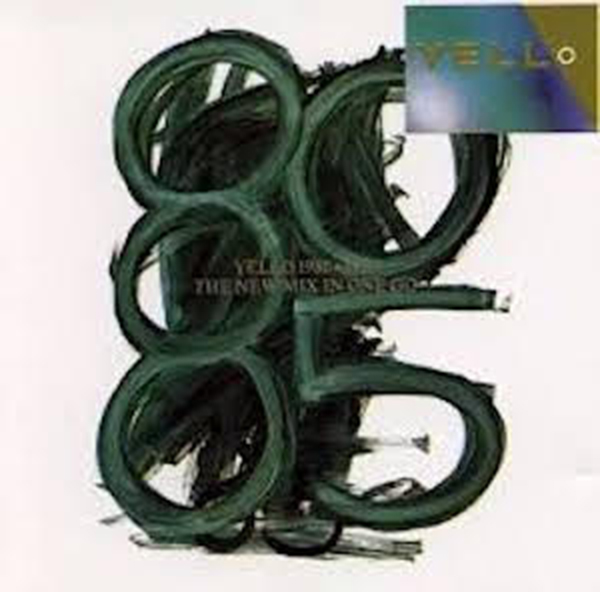
The New Mix In One Go (West German Vertigo label) 1986

One Second (Mercury label) 1987
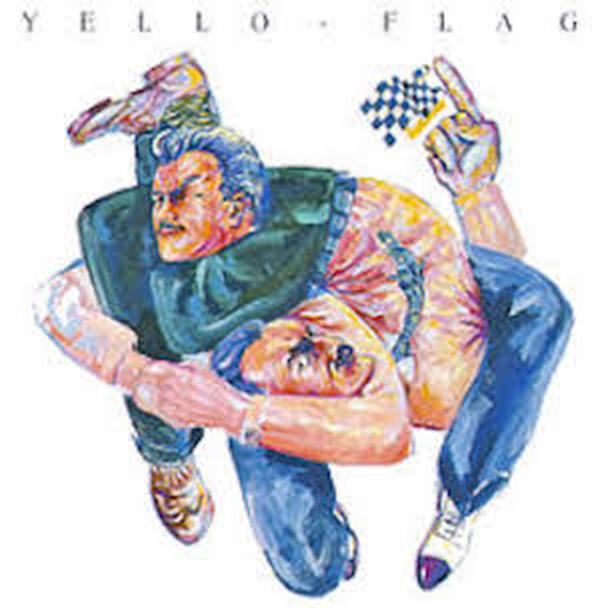
Flag (Polygram label) 1988
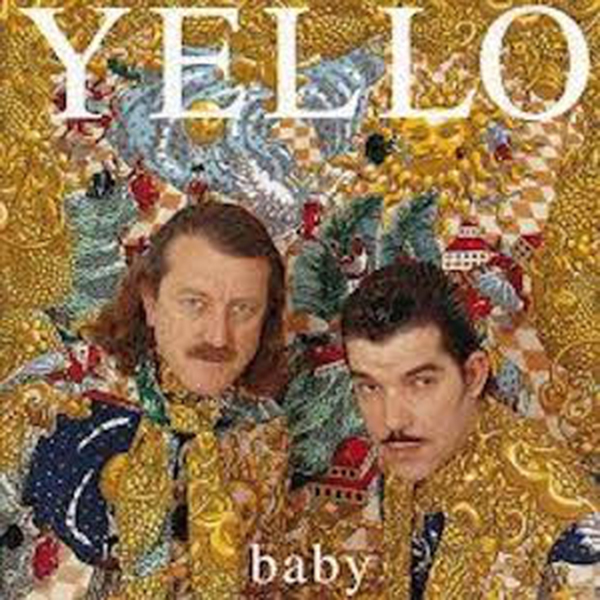
Baby (Mercury label) 1991
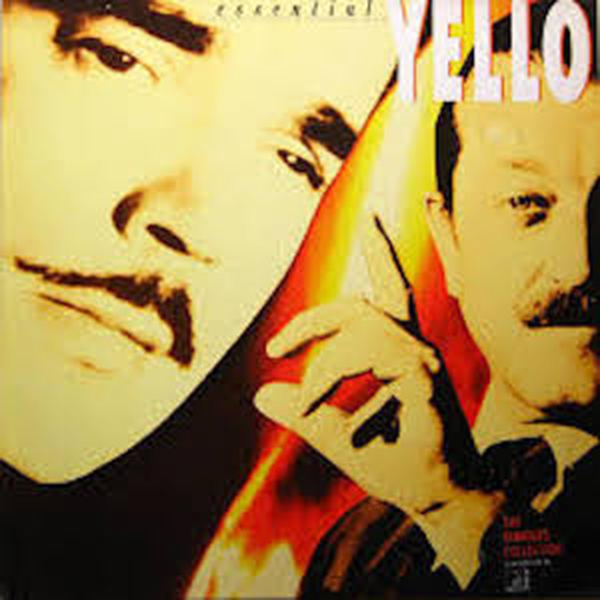
Essential – The Singles Collection (Mercury label) 1992
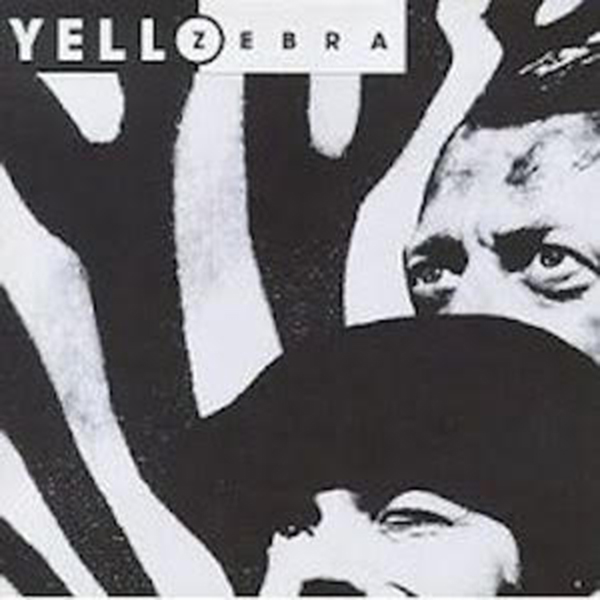
Zebra – (4th & B-Way label) 1994

Claro Que Si (remaster series 2 on “Universal” & W. German “Vertigo” labels) 2005
So what’s to like and dislike about Yello? I had originally hoped that I’d stumbled over “the next Kraftwerk,” but alas, it was not to be. The majority of Yello music is simple and dance-themed and lacks the thematic content and musical artistry that so strongly characterizes the Kraftwerk catalog.
Secrets Sponsor
But falling into the category of “unintended consequences of ill-advised actions,” I find that my wife is becoming a Yello fan. So the additional library purchases were not altogether in vain. So if you want some euro-dance-themed electronica, then Yello may be for YOU!


